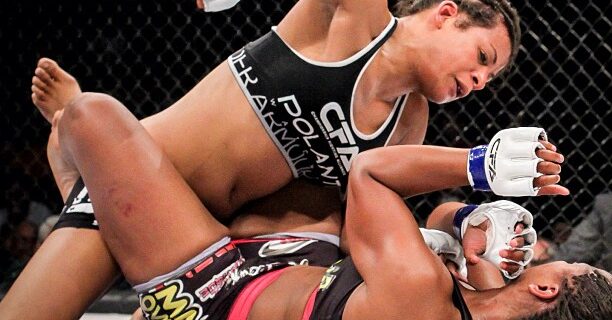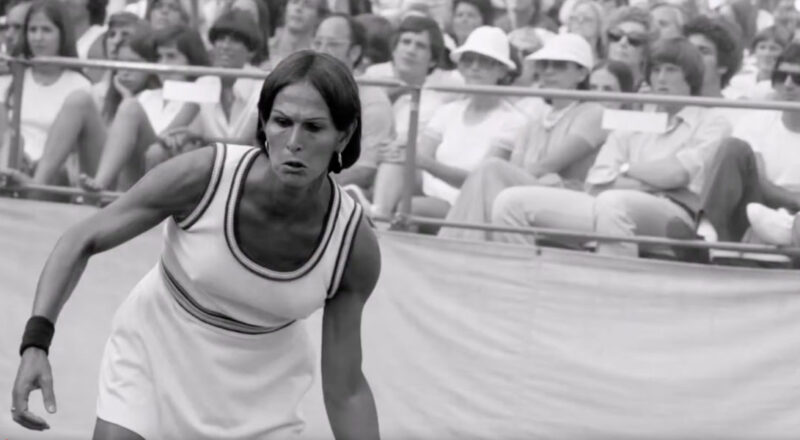
Life’s Swing – Renee Richards’ Journey of Womanhood
In the tumultuous and transformative decades of the 1970s and 1980s, a figure emerged onto the global stage who would forever change the landscape of both professional sports and transgender rights.
Her name was Renée Richards, and her remarkable journey from a skilled ophthalmologist to a professional tennis player and a proud transgender woman.
Her story, marked by controversy and courage, continues to resonate today as a symbol of unwavering perseverance in the face of adversity. Join us on a journey through the extraordinary life of Renée Richards, a trailblazing transgender woman whose legacy extends far beyond the tennis court.
On this page
Background and Early Education
Renée Richards was born on August 19, 1934, in New York City. She grew up in Forest Hills, Queens, and her parents were really accomplished in their fields. Her dad was an orthopedic surgeon and her mom was one of the first female psychiatrists in the United States.
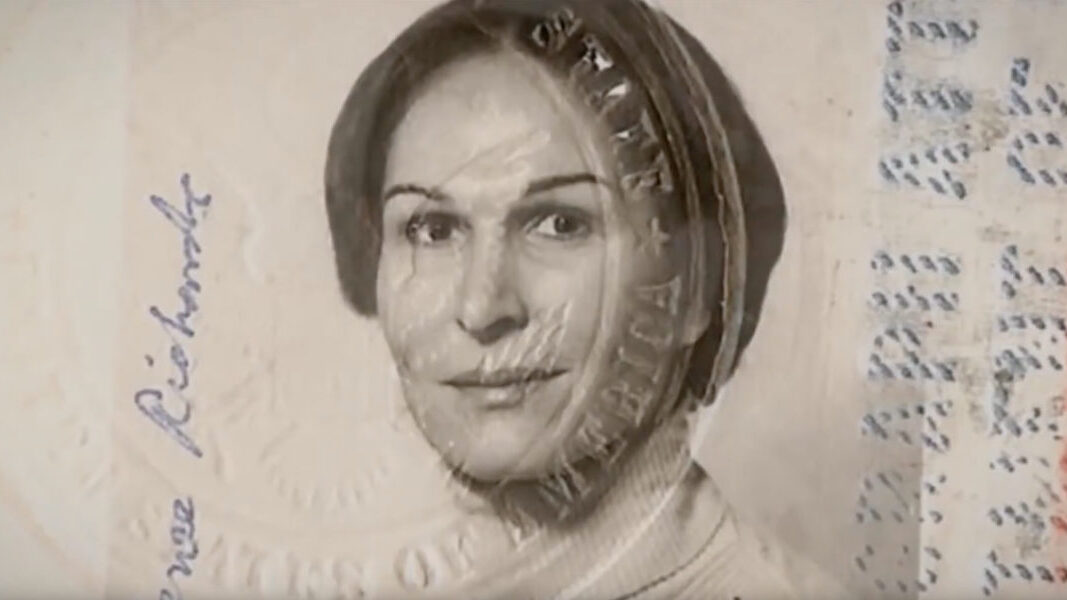
When Renée was in school at Horace Mann, she was very good at sports. She played football, baseball (she was so good the New York Yankees wanted her), and she was great at tennis and swimming too. But even though the Yankees wanted her to play baseball for them, she decided to focus on tennis instead.
College Life
After finishing high school, she went to Yale University. At Yale, she was the leader of the men’s tennis team and was so good that some people thought she was one of the best college tennis players in the whole country. Once she got her degree from Yale, she went to the University of Rochester Medical Center to learn about eye health.
She graduated from there in 1959 and worked as an ophthalmologist trainee at Lenox Hill Hospital in New York for two years. After that, she spent two more years learning and working at the Manhattan Eye, Ear and Throat Hospital in New York.
While she was doing all of this, she also played tennis, and she was ranked sixth out of the top 20 men who were over 35 years old.
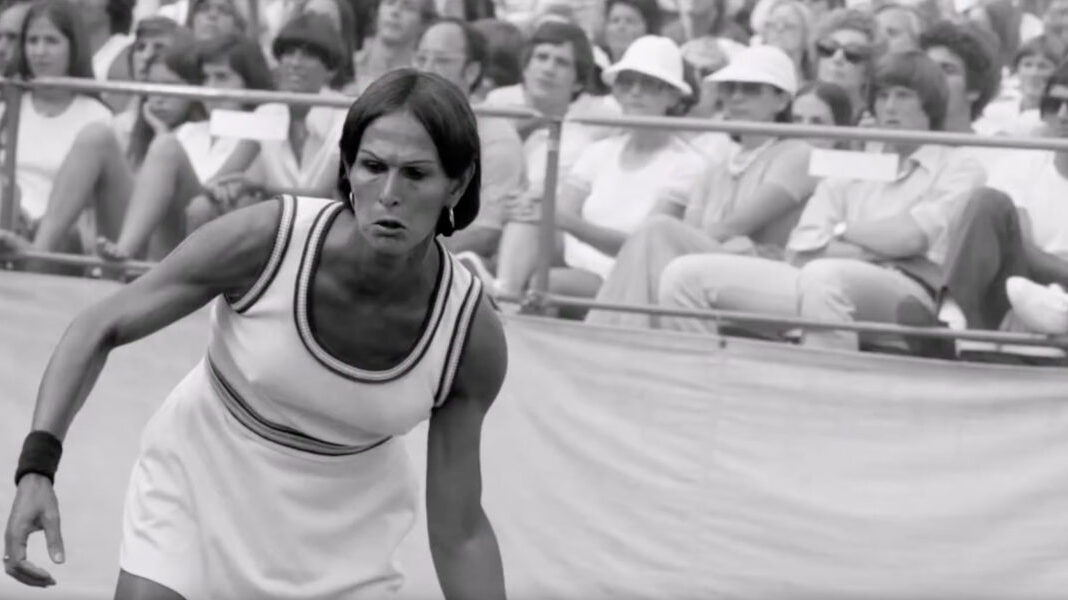
Later on, she joined the United States Navy to keep learning about medicine. She also continued to play tennis while in the Navy. In fact, she was so good that she won both the singles and doubles competitions at the All Navy Championship, thanks to her powerful left-handed serve.
During her time in the Navy, she was ranked as high as fourth in her region among tennis players.
Children, Transition, and Divorce
After leaving the military, she realized that she couldn’t keep hiding who she truly was. She started getting hormone injections and began living as a woman in Europe. She even planned to have surgery in Morocco to change her body to match her true self. But when she saw the conditions at the clinic in Morocco, she decided to go back to New York.
In 1970, Renée met and married a woman named Barbara Mole. They had a son two years later but got divorced in 1975. During that same year, Renée had several surgeries to complete her transition and become a woman.
Back to Tennis and Playing as a Woman
After moving to California, Renée started playing tennis in local tournaments. She faced a lot of anger, criticism, and even people trying to stop her from playing in women’s tennis tournaments.
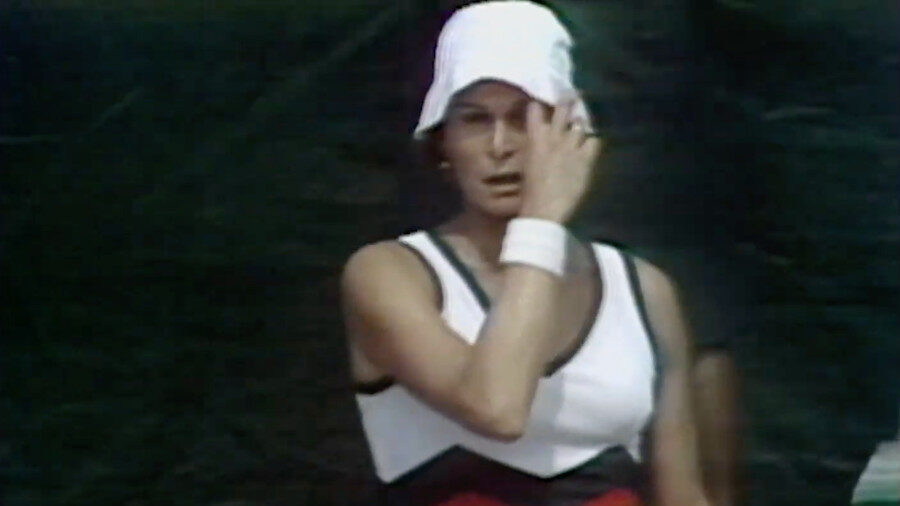
The organization that oversees tennis in the United States, called the United States Tennis Association (USTA), created a rule that required players to take a test to determine their gender at birth. Renée didn’t want to do that, so she didn’t qualify to play.
But she didn’t give up. Instead, she sued the USTA, saying they were discriminating against her because of her gender identity. And guess what? She won the lawsuit. This was a big moment for transgender rights in sports.
Her Statistics
Renée played tennis professionally from 1977 to 1981 until she retired at the age of 47. At her best, she was ranked as high as 20th overall in the world, and her highest end-of-year ranking was 22nd in 1977. Her first professional tournament as a woman was the 1977 U.S. Open.
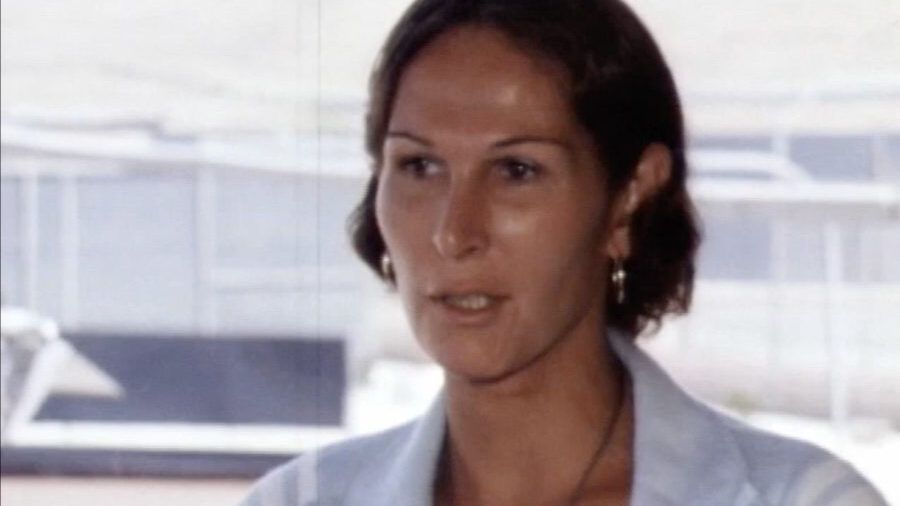
One of her biggest achievements on the court was reaching the doubles final at her first U.S. Open in 1977, although she and her partner Betty Ann Grubb Stuart narrowly lost to Martina Navratilova and Betty Stöve. She also won the women’s singles for players aged 35 and over at the U.S. Open in 1979. Renée was twice a semifinalist in mixed doubles at the U.S. Open, playing alongside Ilie Năstase.
In 1979, she defeated Nancy Richey to win the singles title for players aged 35 and over at the U.S. Open. Renée achieved victories over several top players during her career, including Hana Mandlíková, Sylvia Hanika, Virginia Ruzici, and Pam Shriver. Later on, she worked as a coach and helped Martina Navratilova win two Wimbledon titles.
The Second Serve and More
In 1983, Renée wrote a book about her life called “Second Serve,” where she talked about her journey. Then in 2007, she wrote another book called “No Way Renée: The Second Half of My Notorious Life,” where she talked about how she felt about the attention she got because of being transgender.
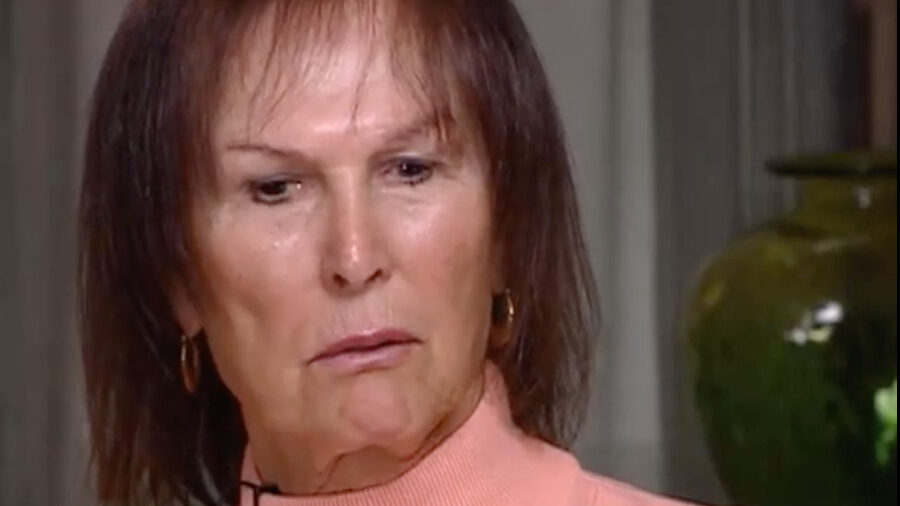
She said that she didn’t regret becoming who she truly was, though. In 2021, she added to her life story with a book called “Diary 1999: An Eye-Opening Medical Memoir.”
Renée’s first book “Second Serve” was the basis for a movie with the same name. There’s also a documentary about her called “Renée,” made by Eric Drath in 2011, which premiered at the Tribeca Film Festival and was shown on ESPN. In 2017, she was interviewed by Katie Couric for a documentary called “Gender Revolution.”
Accolades and Legacy
After playing tennis for four years, Renée decided to go back to her job as a doctor. She set up her medical practice on Park Avenue in New York City and became the director of eye surgery and ran the eye-muscle clinic at the Manhattan Eye, Ear and Throat Hospital.
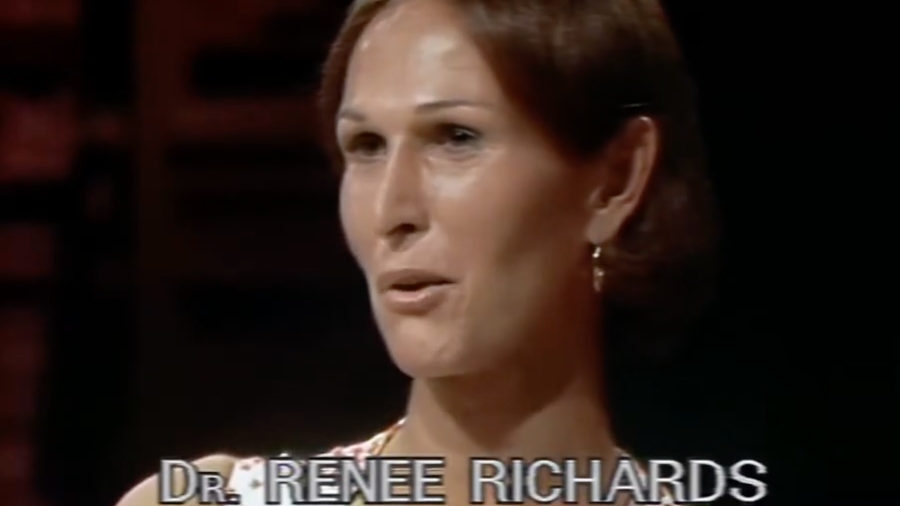
In 2014, a wooden tennis racket that Renée used was given to the National Museum of American History, which is a part of the Smithsonian.
From excelling in both the world of medicine and professional tennis to breaking down barriers for transgender individuals, her journey is nothing short of remarkable. Renée’s courage in the face of adversity not only reshaped the landscape of sports but also paved the way for greater acceptance and understanding of transgender individuals in society.
If her story has inspired you or if you believe it can inspire others, please consider sharing it with your friends and family. It will help create more safe spaces and spread awareness to eliminate the stigma that’s often paired with transgender individuals.



